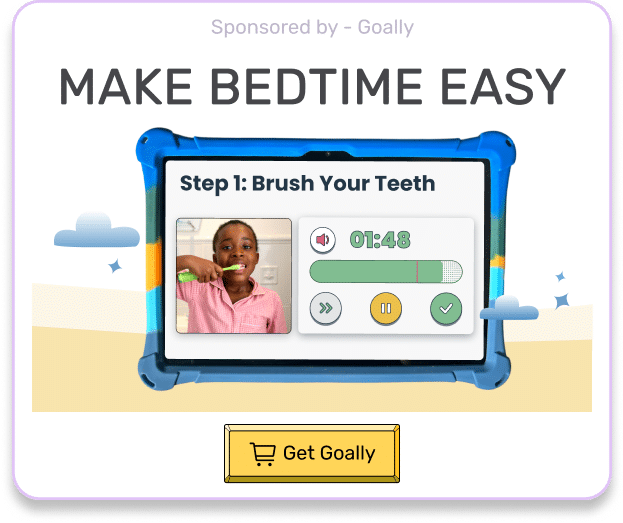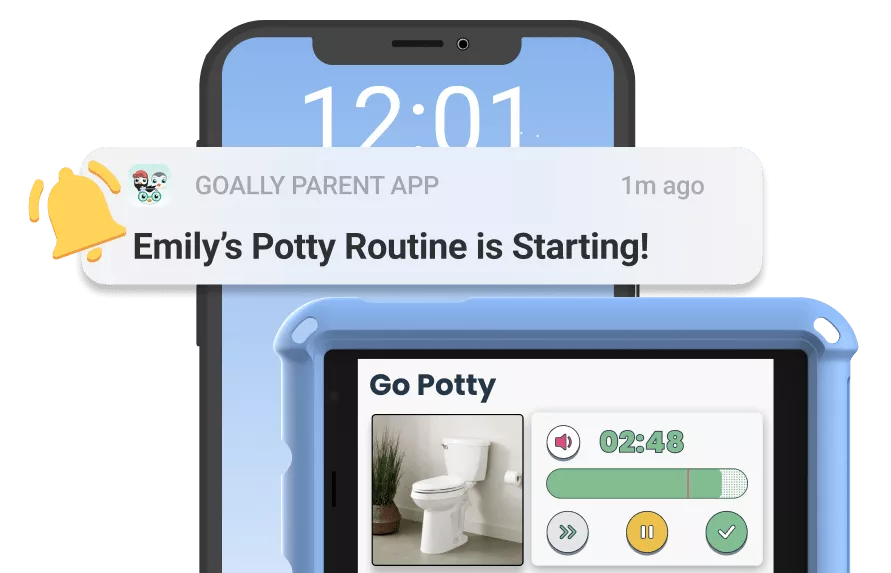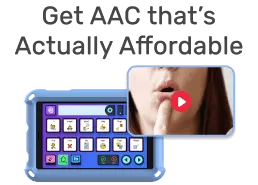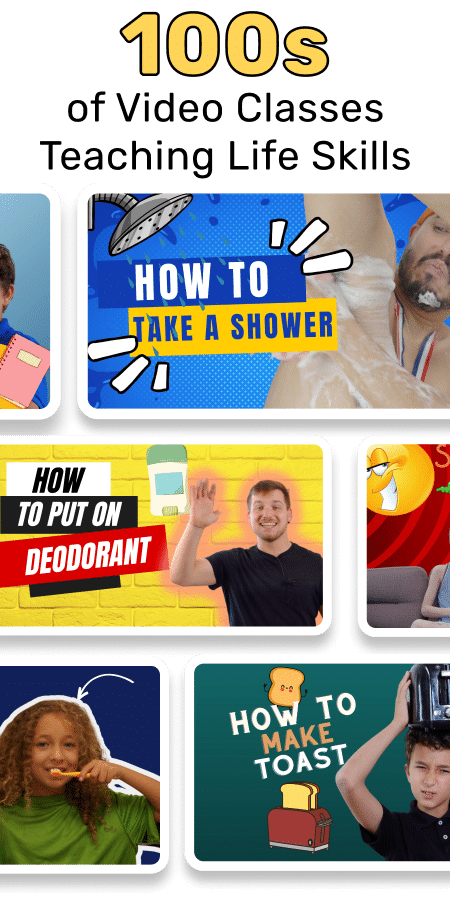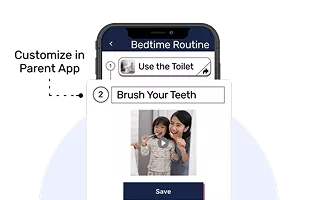A routine chart for kids is a simple yet effective way to bring structure to daily life, making mornings, mealtimes, and bedtime smoother. By using a visual guide, children—especially neurodivergent ones—can navigate their day with confidence and independence.
Key Takeaways:
- A routine chart for kids provides structure and reduces anxiety.
- Visual schedules help children anticipate daily tasks, promoting independence.
- Engaging and adaptable charts work best—customize them to your child’s needs.
- Download a free printable PDF routine chart to get started.
Table of Contents
Why Routine Charts Are Important for Kids
If you’ve ever tried to get out the door with a toddler or neurodivergent child, you know how quickly things can go off the rails. It’s hard for kids to remember what needs to happen next, and that’s where a routine chart comes in. By offering a visual cue, you’re giving your child the structure they need to complete tasks like brushing their teeth or packing their backpack—without constant reminders.
Research shows that routine helps children feel secure. According to the American Academy of Pediatrics, predictable routines improve emotional regulation in young kids. And for neurodivergent kids, these routines are beneficial. When tasks are visually mapped out, it creates a sense of control and reduces the stress of unexpected changes.

Read more: Simple Behavior Charts for Kids
How a Routine Chart Benefits Neurodivergent Kids
Neurodivergent kids often thrive with clear, consistent routines. Whether your child has ADHD, autism, or another learning difference, a routine chart provides visual clarity. It breaks down what they need to do into manageable steps, offering them the confidence to complete each task independently.
- Visual learners: Many neurodivergent kids process information better through visuals, making a routine chart a perfect fit.
- Reduces overwhelm: When tasks are laid out in small, achievable steps, kids are less likely to feel overwhelmed.
I’ve seen firsthand how this can transform morning or evening routines. A family I worked with had a child on the autism spectrum who struggled with transitioning between activities. They introduced a routine chart with icons for each task, and within weeks, mornings became calmer, and their child started completing tasks independently.
How to Set Up a Routine Chart for Kids
Ready to create your own routine chart? Here’s a step-by-step guide to getting started:
1. Break the Day Into Manageable Chunks
Divide the day into morning, afternoon, and evening segments. Each section should have 3-5 tasks that need to be completed. Keep it simple—things like “brush teeth,” “eat breakfast,” and “pack backpack” for the morning, or “homework” and “playtime” for the afternoon.
2. Use Visual Cues
Kids respond well to pictures, so include visual elements. You can either draw simple images or use stickers for each task. Even apps are available if you prefer a digital version of the chart. For neurodivergent kids, visuals can be more effective than written lists, helping them stay on task without getting lost in too many words.
3. Make It Interactive
Your child should actively participate in the routine chart process. Involve them in adding stickers or checking off tasks as they complete them. This makes the chart feel like a game and gives them a sense of ownership. Some parents use velcro strips so tasks can be physically moved from one side of the chart to the other—giving kids a tangible sense of accomplishment.
What to Include on Your Routine Chart
The tasks on your child’s routine chart will depend on their age, needs, and daily schedule. However, there are a few core categories you’ll want to include:
- Personal hygiene: Brushing teeth, washing hands, and getting dressed.
- Mealtime: Eating breakfast, lunch, and dinner.
- School prep: Packing the backpack, putting on shoes, and grabbing lunch.
- Free time: Whether it’s screen time, playtime, or reading, make sure there’s time for fun!
For neurodivergent kids, you may want to add extra steps around transitions or include sensory breaks. For example, if your child gets overwhelmed between activities, you could include a short “quiet time” or “deep breathing” task between more active periods.

Read more: Free Printable ADHD Routine Chart
Adapting the Routine Chart as Your Child Grows
Routine charts aren’t static. As your child grows, their responsibilities change. A 4-year-old’s chart might focus on basic self-care, while a 9-year-old’s chart might include more academic tasks or chores. You should also adjust for seasonal changes, like adding “put on a coat” during colder months or “apply sunscreen” in the summer.
As your child becomes more independent, you can move from a picture-based chart to one with simple words or a combination of both. And remember, a routine chart is a living tool—it should evolve with your child’s development and needs.
Free Printable Routine Chart for Kids
I’ve created a free, printable routine chart to download. This chart has space for morning, afternoon, and evening tasks with easy-to-read icons. You can print it out and start using it today to bring more structure into your home.
How to Keep Kids Engaged With Their Routine Chart
Making a routine chart is one thing—getting your kids to use it consistently is another. Here are some tips to keep them motivated:
- Reward progress: Consider using a small reward system where kids earn points for completing their routine without reminders.
- Switch it up: If your child starts losing interest, refresh the visuals or the tasks. A new set of stickers or pictures can make the chart feel new again.
- Consistency is key: Make checking the routine chart part of their daily routine, so it becomes second nature.
Another idea is to customize the chart with your child’s favorite colors, characters, or themes. For example, one family I know turned their routine chart into a superhero mission board. Suddenly, brushing teeth wasn’t just about hygiene—it was about being ready to save the day!
Goally | Apps To Structure Your Kid’s Routine
Does your child struggle with transitions or staying on task? Goally’s visual schedule app breaks down large tasks into small, achievable steps. It helps kids complete their tasks independently!
A routine chart for kids brings consistency, structure, and calm into your home. Whether your child is neurodivergent or needs help staying on track, a well-made chart will help them become more independent and reduce the stress of daily routines. Download the free printable, get creative with it, and watch your child thrive!
Resources:
FAQ about Routine Chart for Kids
What is a routine chart for kids?
A routine chart for kids is a visual tool that helps children understand and follow daily tasks or activities.
How does a routine chart benefit kids?
Routine charts can foster independence, build confidence, and enhance time management skills in kids.
Can I use a routine chart for my special needs child?
Absolutely! Many parents find that routine charts are particularly helpful for neurodivergent children who thrive on structure.
How do I introduce a routine chart to my kid?
Start by explaining the purpose of the chart, then gradually incorporate it into their daily life, praising them as they complete each task successfully.
This post was originally published on 10/14/2023. It was updated on 02/05/2025.

Hennah is an experienced writer and researcher, helping children with autism, ADHD, and other neurodivergent conditions. As a blog contributor for Goally, she combines her deep understanding of neurodiversity with practical advice, offering valuable insights to parents and educators.

